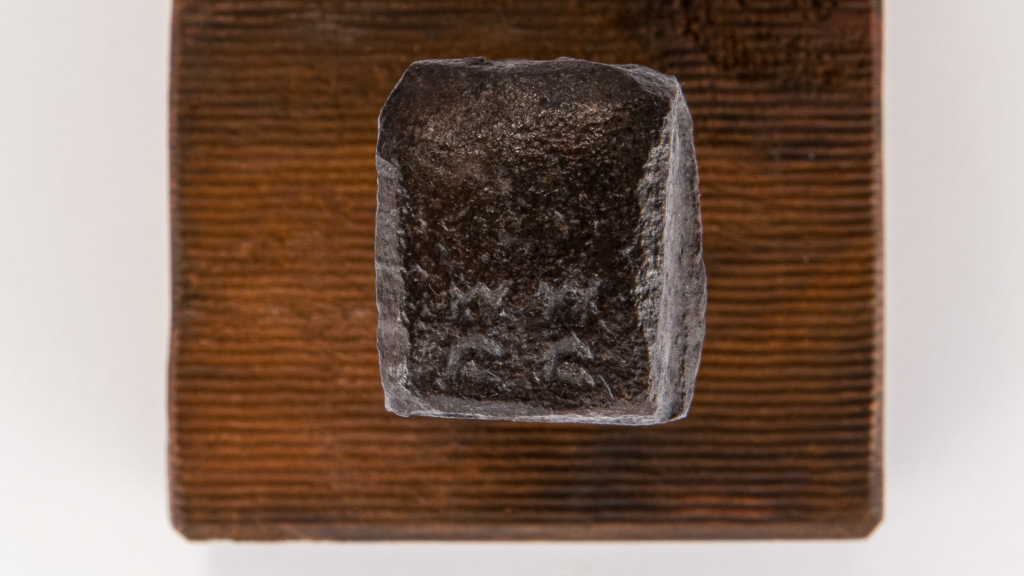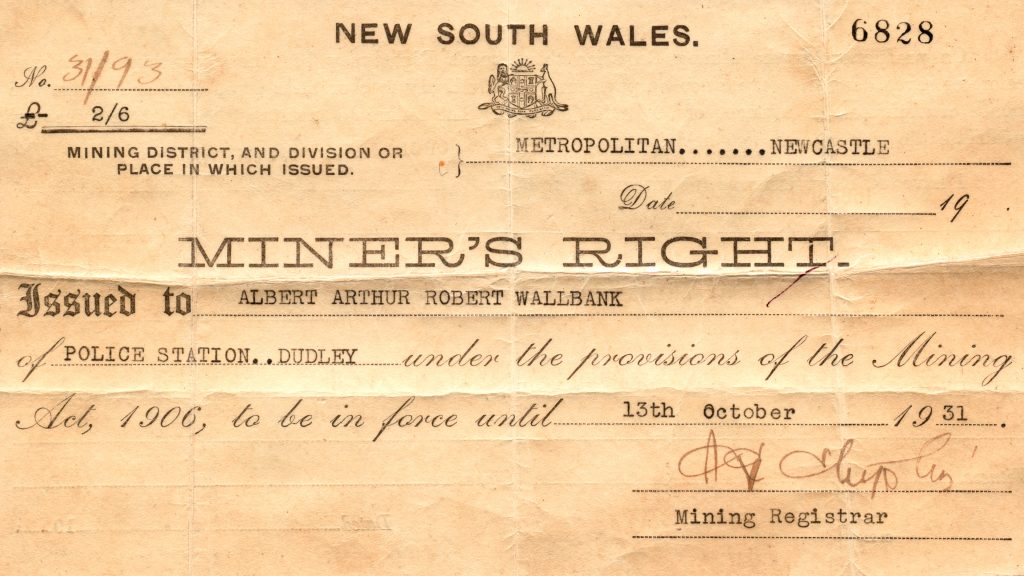
This certificate, issued to Albert Arthur Robert Wallbank (1909–1975) gave him the right to mine under the 1906 NSW Mining Act. Albert lived in Dudley in the heart of the coal mining district of the Hunter Valley of NSW but it is unlikely that he was intending to mine for coal. Gold was his target. […]
Read More…
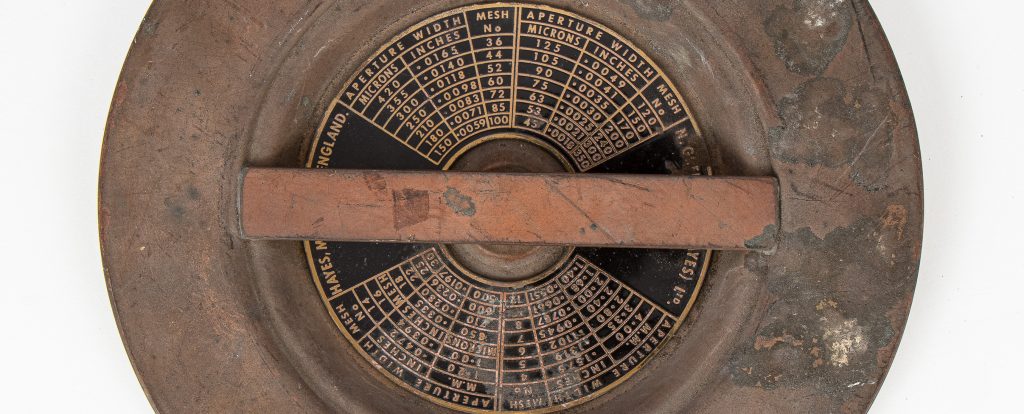
N. Greenings and Sons was the oldest and largest British wire company in its heyday. The company was founded in 1805 by Nathaniel Greenings in Warrington and would go on to internationally export precision industrial products well into the twentieth century. One of the items produced by Greenings was the laboratory sieve, a tool used […]
Read More…
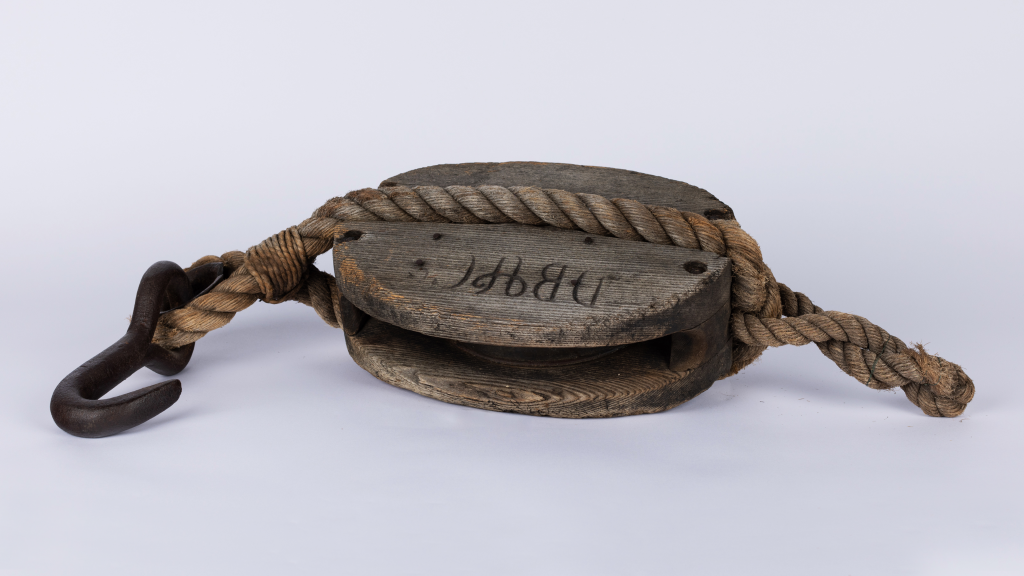
This wooden sheave block – which houses a metal wheel (the sheave) and, together with its rope (called a strop) and hook attachment, functioned as a pulley – is a relic from the celebrated nineteenth century steamship called the SS Sophia Jane (1826-1845). English-built in 1826, the Sophia Jane sailed to Australia in May 1831. […]
Read More…
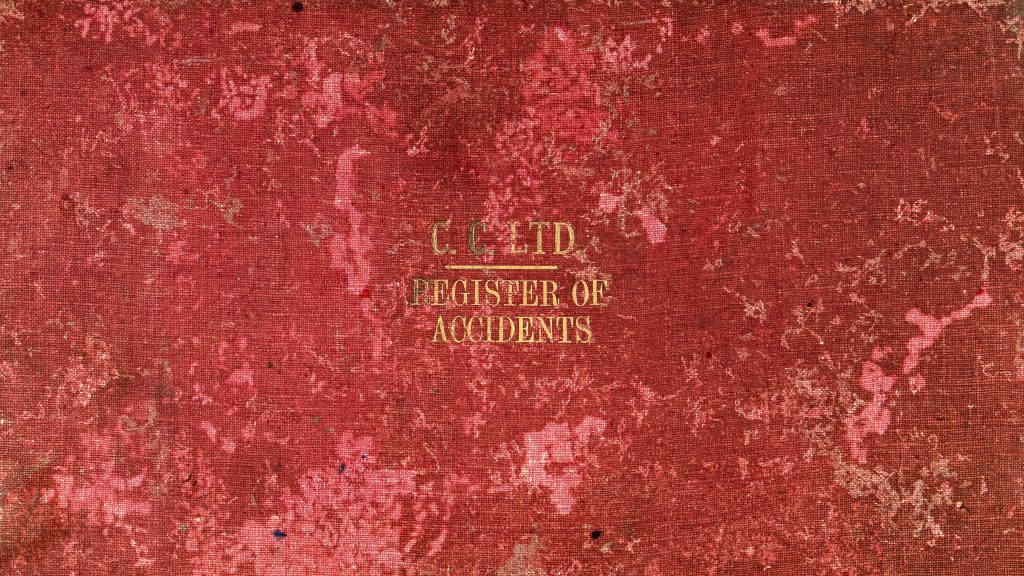
In the Aberdare Extended colliery pit where 34-year-old Thomas Brunskill was mining, it was dark, dusty, muddy, and noisy. About 1.30pm, without warning, several large chunks of the prized dense black coal detached from the roof of the confined space and struck Thomas, badly injuring his neck and shoulder. The year was 1927 and he […]
Read More…
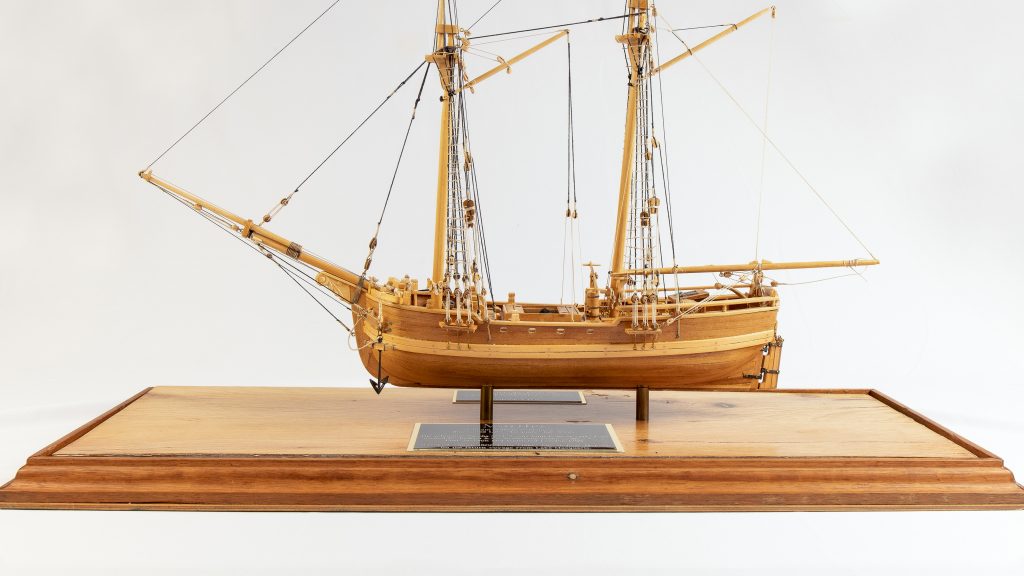
With her two masts fully rigged, the Martha, a small colonial-built schooner, tacked out of Port Jackson (Sydney), her sails catching the fresh breezes which would carry her northwards. It was July 1800, and the ship’s master William Reid, formerly Quartermaster of the First Fleet ship HMS Sirius, had been instructed to collect coal at […]
Read More…
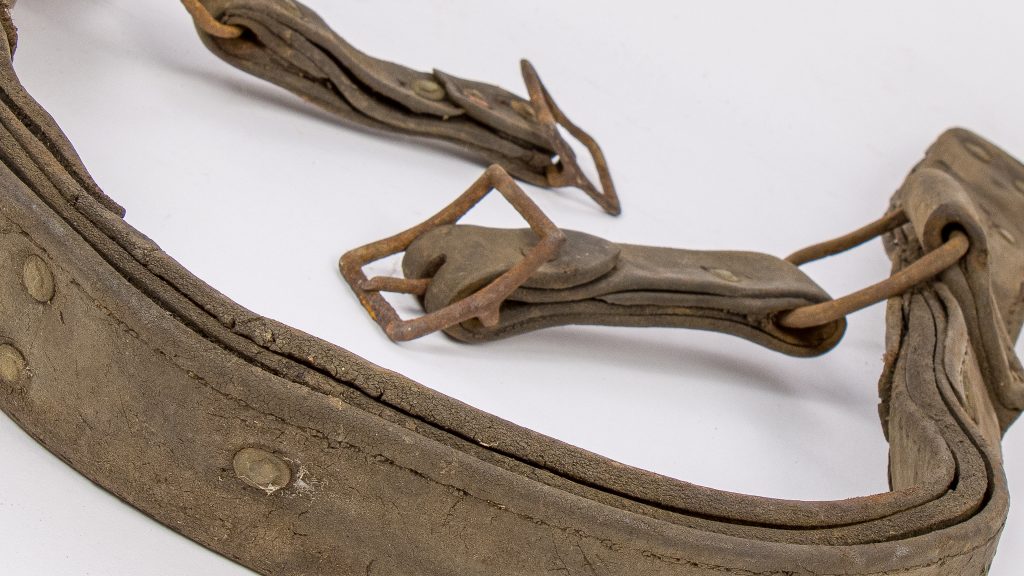
Underground coal mines are dangerous workplaces. The pit ponies used to work coal were no less at risk than the miners. The pit pony’s job was to haul the coal wagons, or skips, and equipment in and out of the mine. This old, well-worn and hardened leather strap had a crucial role to play when […]
Read More…
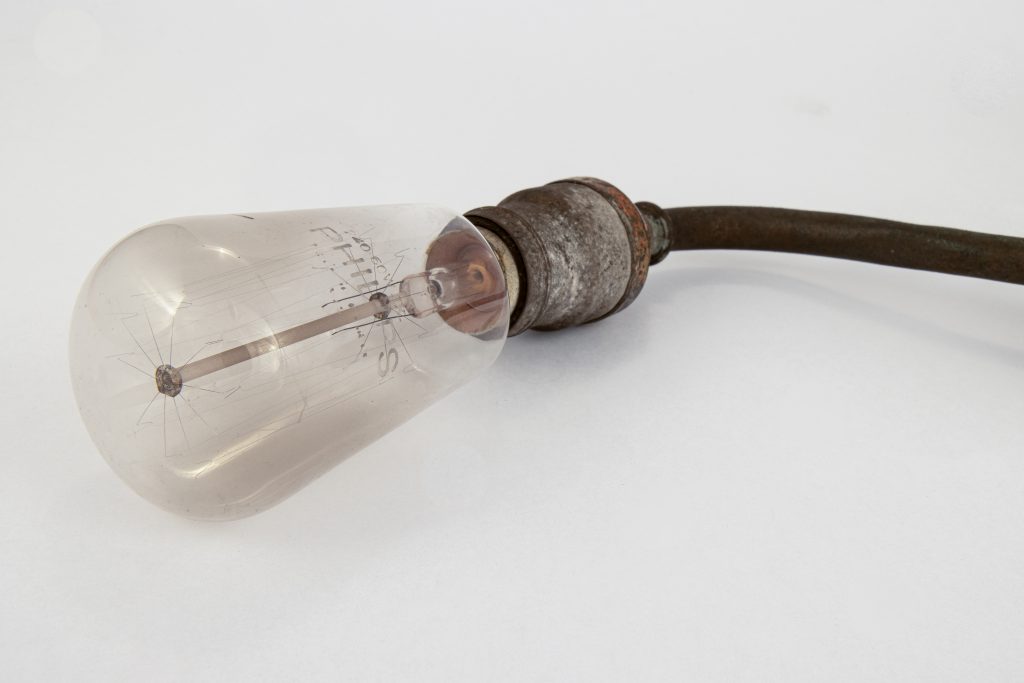
Its been more than 100 years since electricity was installed at West Wallsend. The bulb and fitting shown here is an electric light that belonged to undertaker and carpenter William Turnbull (Snr). It dates from the era when West Wallsend, then a small coal mining town, switched to using electricity. Today, safe, reliable lighting in […]
Read More…






